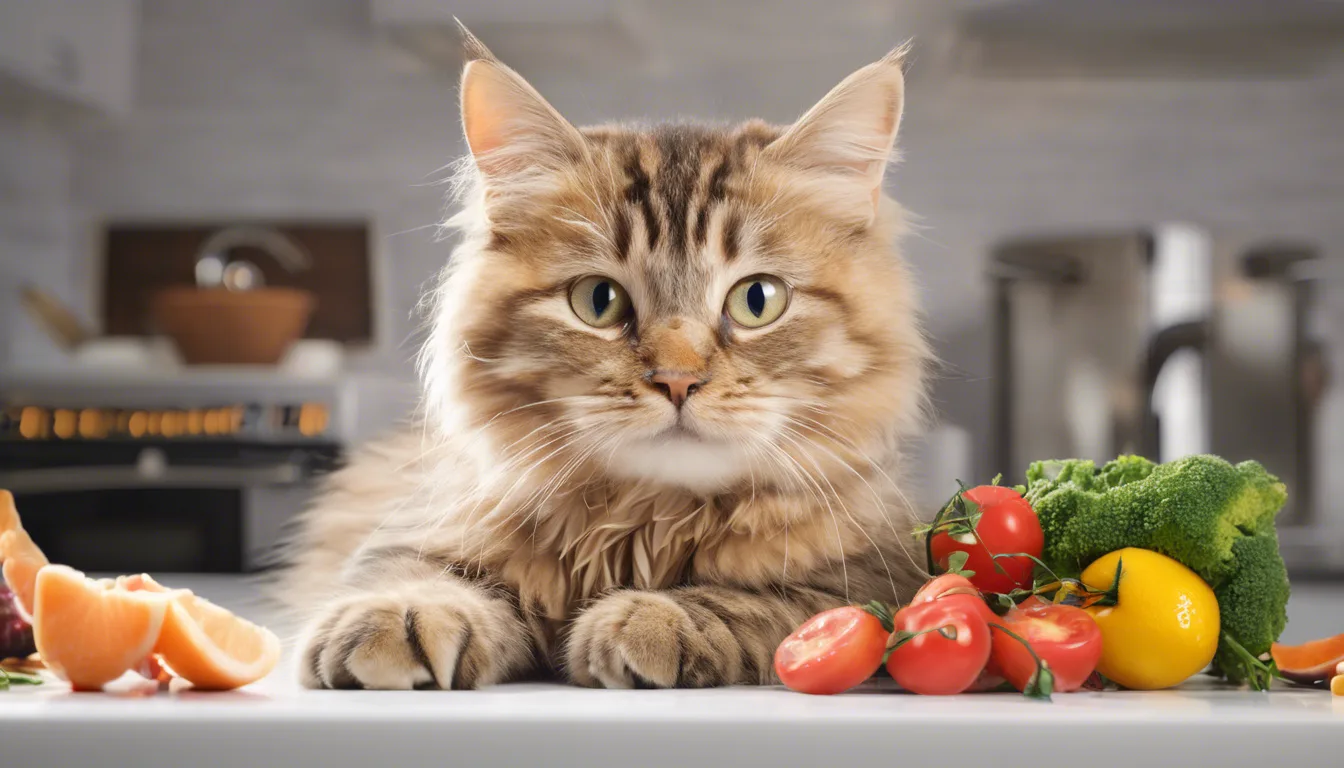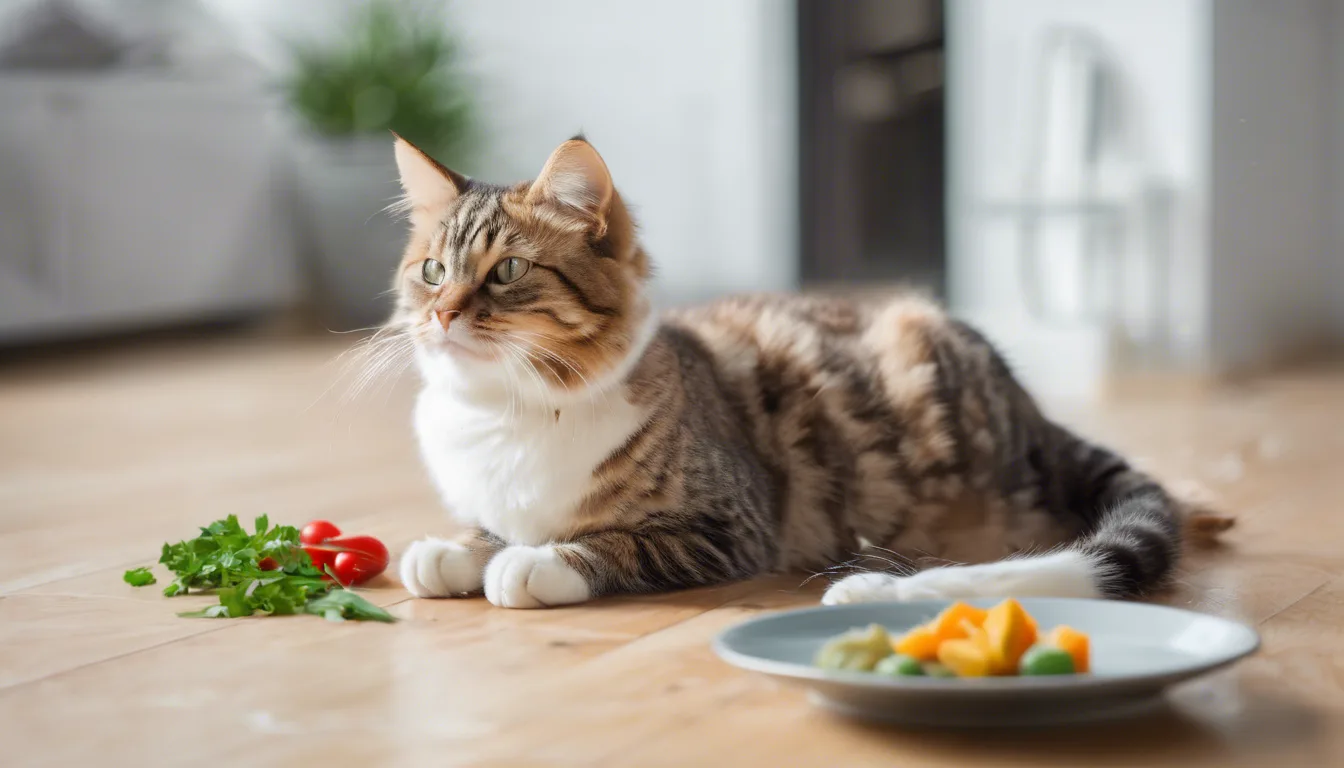How To Transition Cats To Raw Diet Safely 2025
Estimated reading time: 8 minutes

Key Takeaways
- Raw diets offer better digestion, glossier coats, and fewer health issues for cats.
- A 4-week transition plan helps avoid stomach upsets and ensures success.
- Focus on safe proteins like chicken and beef while avoiding toxic ingredients.
- Pre-made raw diets simplify nutrient balancing for beginners.
- Monitor your cat’s progress and consult a vet for personalized advice.
Table of Contents
- Introduction
- Why Raw? The Surprising Benefits
- Safe Raw Foods for Cats
- How to Transition Cats to a Raw Diet Safely
- Common Raw Feeding Problems (and How to Fix Them)
- Final Tips for Raw Feeding Success
- Conclusion
- Frequently Asked Questions
Introduction
Raw feeding is taking the pet world by storm—and for good reason! Cats, as obligate carnivores, thrive on diets rich in uncooked meats, organs, and bones. But switching from kibble to raw isn’t as simple as plopping a steak in their bowl. A safe, gradual transition is key to avoiding tummy troubles and ensuring long-term health.
In this 2025 guide, we’ll walk you through how to transition cats to a raw diet safely, step by step. You’ll learn:
- The top benefits of raw feeding (hello, shiny coats and tiny litter boxes!).
- Safe vs. risky foods (skip the garlic, please).
- A foolproof 4-week transition plan (no hunger strikes allowed).
- Troubleshooting tips for picky eaters and worried pet parents.
Why Raw? The Surprising Benefits of a Raw Diet for Cats
Cats are designed to eat meat—raw meat. Here’s why ditching processed food can be a game-changer:
1. Better Digestion
- Raw diets are 90–95% digestible, compared to 75–82% for kibble (The Little Carnivore).
- Smaller, firmer stools = less scooping for you.
2. Glossier Coat, Healthier Skin
- High-quality fats in raw meat reduce shedding and boost shine (Bella + Duke).
3. More Energy, Leaner Body
- Low-carb, high-protein meals mimic a cat’s natural diet, fighting obesity.
4. Fewer Health Issues
- Owners report fewer allergies, dental problems, and chronic illnesses (NCBI).
Safe Raw Foods for Cats: What to Feed (and Avoid)
Not all raw food is created equal. Stick to these vet-approved options:
✅ Safe Proteins
- Chicken, turkey, beef, rabbit.
- Organs (liver, heart) for vitamins.
- Raw meaty bones (like chicken necks) for calcium.
❌ Avoid These
- Processed meats (deli meats, sausages).
- Toxic ingredients: onions, garlic, salt.
- Cooked bones (they splinter!).
Pro Tip: Pre-made raw diets (like Bella + Duke) take the guesswork out of balancing nutrients.
How to Transition Cats to Raw Diet Safely 2025 Step-by-Step Plan
Follow this 4-week plan to avoid upsetting your cat’s stomach:
Phase 1: Slow Start (Days 1–7)
- Mix 10–20% raw food into their usual meals.
- Watch for vomiting or diarrhea—slow down if needed.
Phase 2: Ramp It Up (Weeks 2–3)
- Increase raw to 50–75% of each meal.
- For picky eaters: Warm the food slightly or try different textures.
Phase 3: Full Switch (Week 4+)
- Aim for 100% raw with this balance:
- 80% muscle meat.
- 10% organs (5% liver max).
- 10% bones (ground or supervised).
- Supplement taurine if needed (critical for heart health).
Common Raw Feeding Problems (and How to Fix Them)
1. “My Cat Won’t Eat Raw!”
- Try bone broth or fasting before meals.
- Switch proteins (some cats prefer turkey over beef).
2. Bacterial Risks
- Wash hands and surfaces after handling raw meat.
- Buy from trusted suppliers.
3. Choking on Bones
- Use ground bones or supervise chewing.
4. Loose Stools?
- Slow the transition or add pumpkin puree.
Final Tips for Raw Feeding Success
- Talk to Your Vet—especially if your cat has health issues (PetMD).
- Track Progress: Weight, coat, and energy levels.
- Stay Balanced: Rotate proteins and supplement wisely. For more on feline nutrition, check out our guide on Best Senior Cat Food for Kidney Health 2025.
Conclusion
Switching to raw can transform your cat’s health—if done right. By following this 2025 guide on how to transition cats to a raw diet safely, you’ll avoid pitfalls and set them up for a lifetime of thriving.
Have questions? Share your raw-feeding journey in the comments!
Frequently Asked Questions
- How long should the transition take?
- Can kittens eat a raw diet?
- Are there bacterial risks with raw feeding?
- What supplements are needed?
How long should the transition take?
A gradual transition over 4 weeks is ideal to avoid digestive upset. Some cats may need longer—adjust based on their tolerance.
Can kittens eat a raw diet?
Yes! Kittens can thrive on raw food, but ensure it’s nutritionally balanced for growth. Consult your vet for portion guidance.
Are there bacterial risks with raw feeding?
Proper handling minimizes risks. Use high-quality meats, clean surfaces, and wash hands thoroughly after preparation.
What supplements are needed?
Taurine is essential for heart health. Some cats may need omega-3s or probiotics—ask your vet for recommendations.
